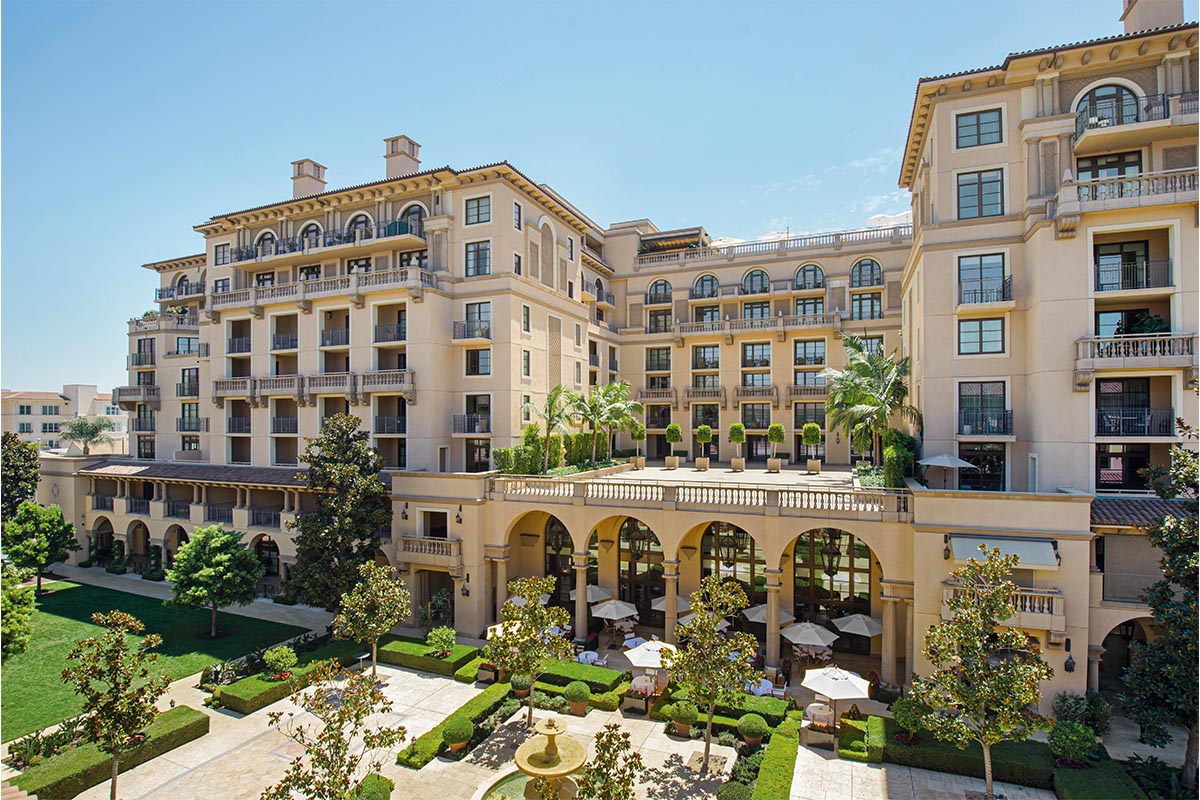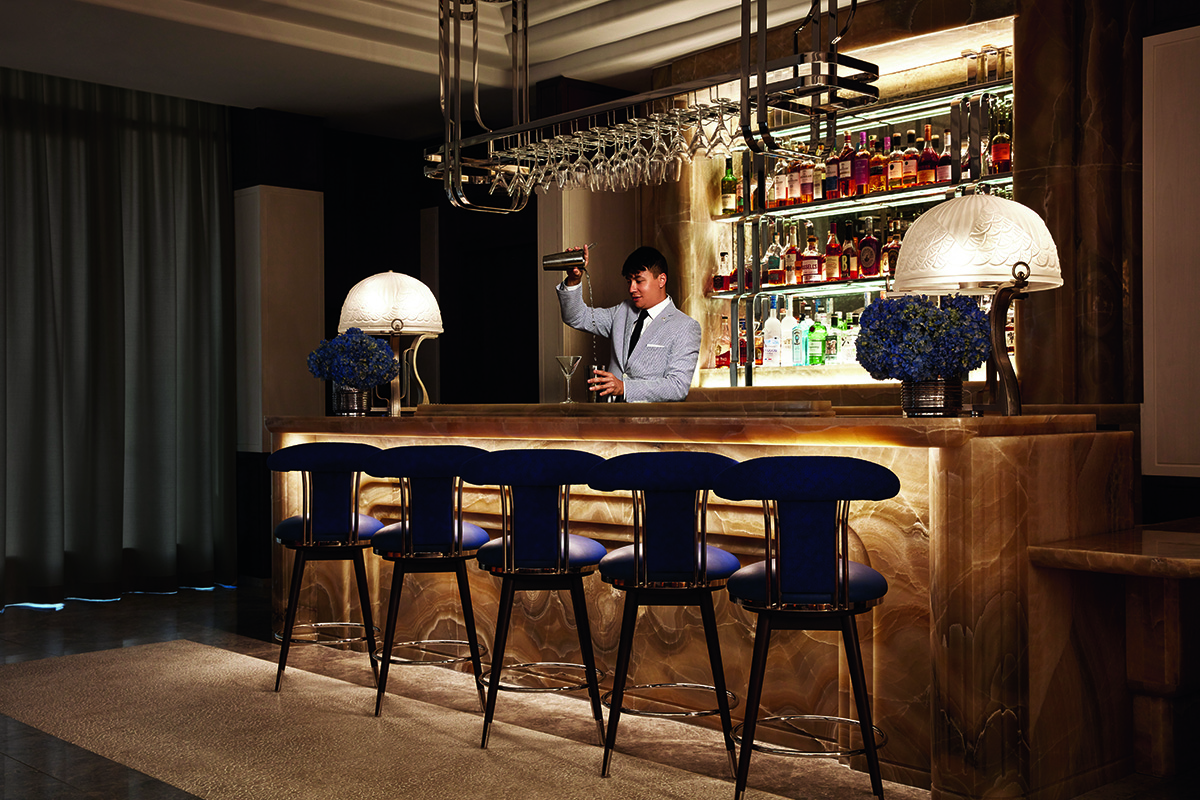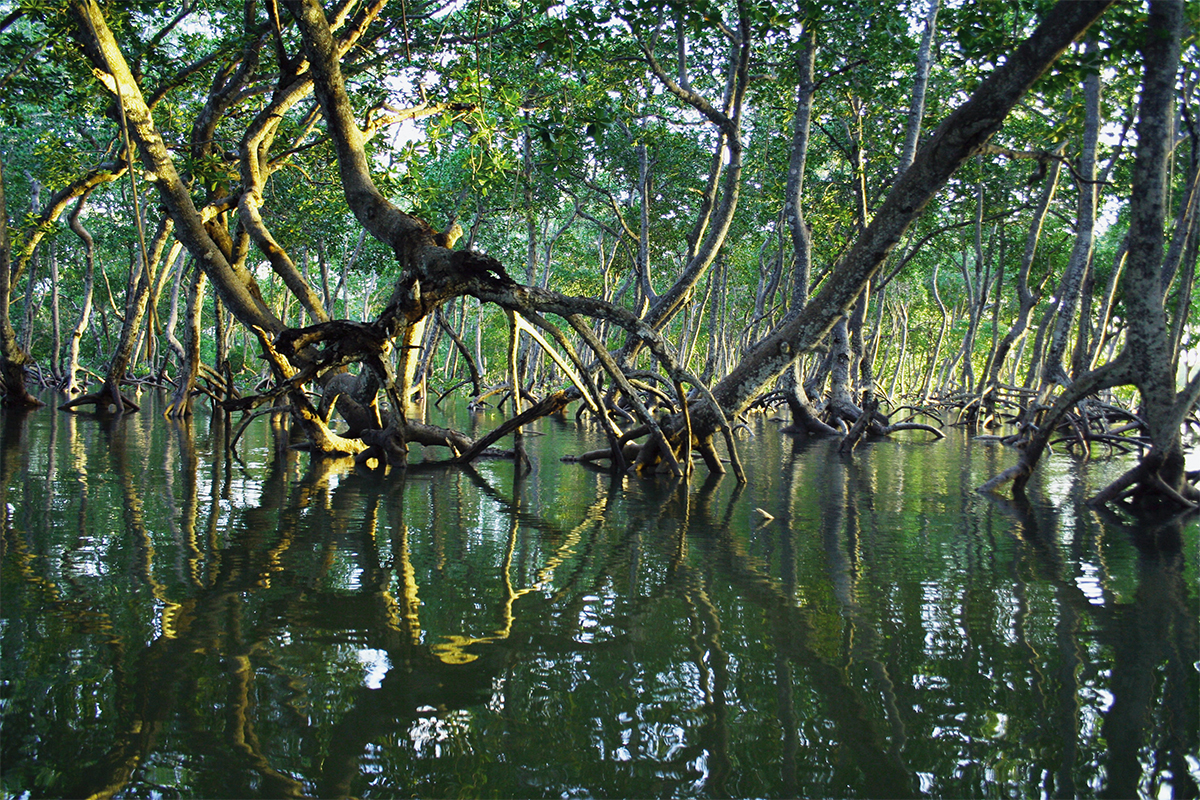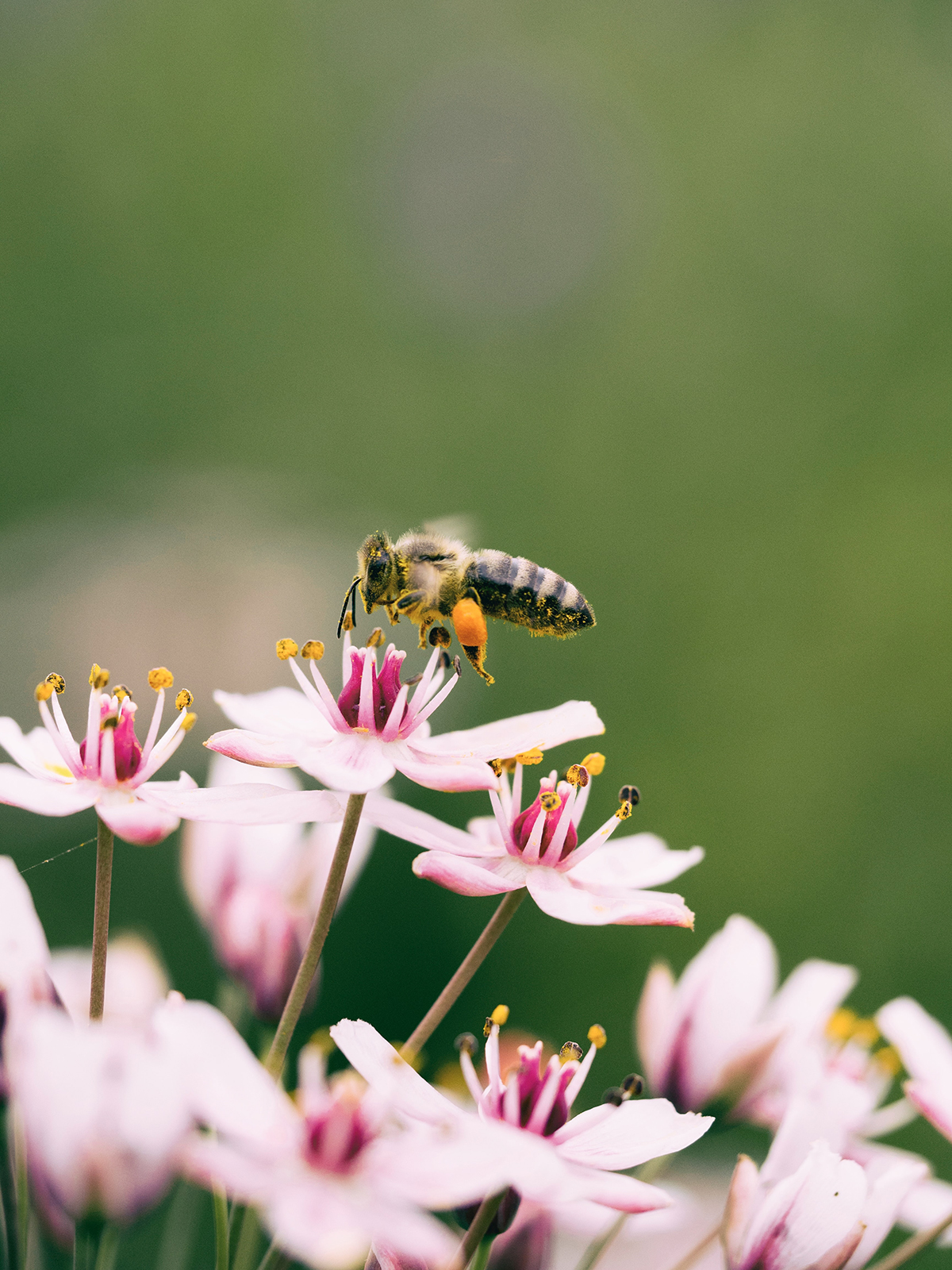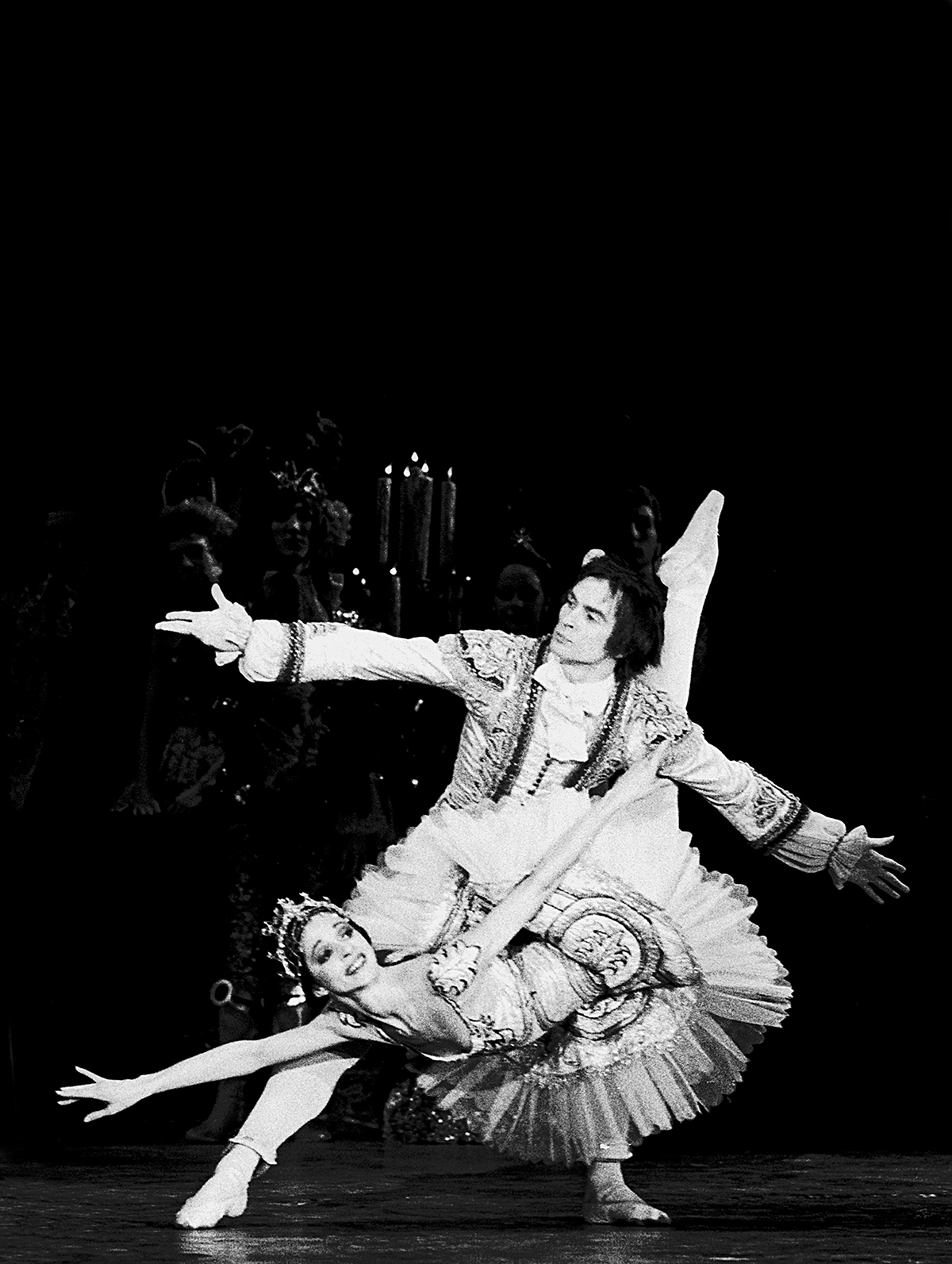
Rudolf Nureyev and Eva Evdokimova in Sleeping Beauty. Image courtesy of Francette Levieux
On 5th-12th September, the celebration of the life and work of Legendary dancer, Rudolph Nureyev will be presented in London at Theatre Royal Drury Lane. This event, supported by the Rudolf Nureyev Foundation, fuses 22 international dancers, alongside live music from the Royal Ballet Sinfonia conducted by David Briskin from the National Ballet of Canada. LUX speaks to some of the renowned ballet dancers performing in the show, Yasmine Nagdhi, Oleg Ivenko and William Bracewell, as well as the artistic director of the gala, former Royal Ballet Principal, Nehemiah Kish about the importance of this gala and the legacy of Rudolph Nureyev
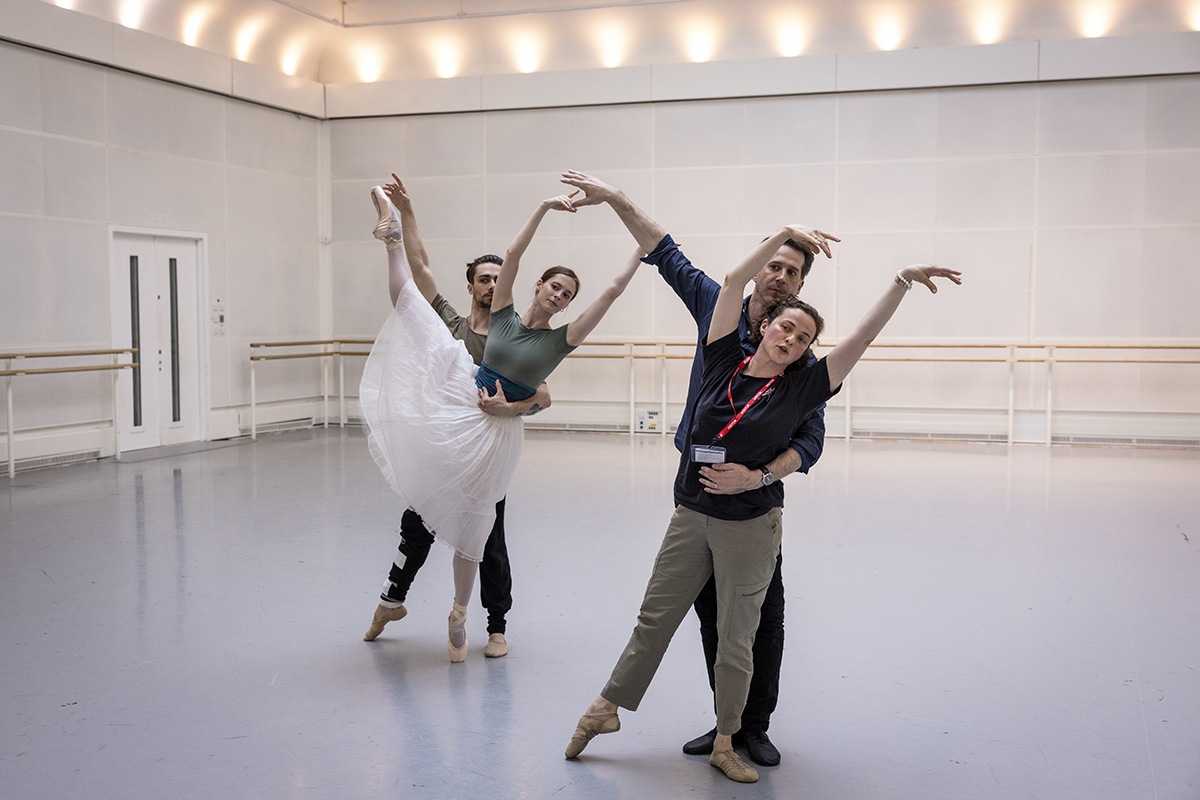
Emma Hawes, Francesco Gabriele Frola, Nehemiah kish and Elena Glurjidze preparing for the Flower Festival in Genzano. Image courtesy of Andre Uspenski
LUX: How much does it add to the celebration, that the performance is taking place where Nureyev made his London debut?
Nehemiah Kish: I love that everything in the production has a wonderful story attached and a purpose in being as it is. Rudolf Nureyev’s first performance in London was at Theatre Royal Drury Lane by invitation of Dame Margot Fonteyn to perform in her Gala Matinee of Ballet for the Royal Academy of Dance in 1961. Nureyev had defected from the Soviet Union a few months prior and was in Copenhagen training with Vera Volkova and another leading male dancer of his time, Eric Bruhn. As the story goes, Nureyev insisted on partnering Fonteyn in the performance and also insisted that Frederick Ashton choreograph a solo for him. The supreme confidence Nureyev displayed in demanding to dance with Britain’s Prima Ballerina and have a solo choreographed for him by Britain’s leading choreographer is characteristic of the force of nature that took the world by storm.

Vadim Muntagirov, Yasmine Naghdi. Photo by Andrej Uspenski, courtesy of the ROH
Theatre Royal Drury Lane is the oldest theatre site in continuous use in the world and has a great ballet history including performances of the Ballet Russe and of course Nureyev’s meteoric London debut. It has been many years since ballet has been presented at the Lane. The theatre recently underwent an ambitious restoration to the highest standard. 60 years have passed since Nureyev’s first performance in London, and it is with great pleasure that we are bringing ballet back to the Lane with our celebration of Rudolf Nureyev.
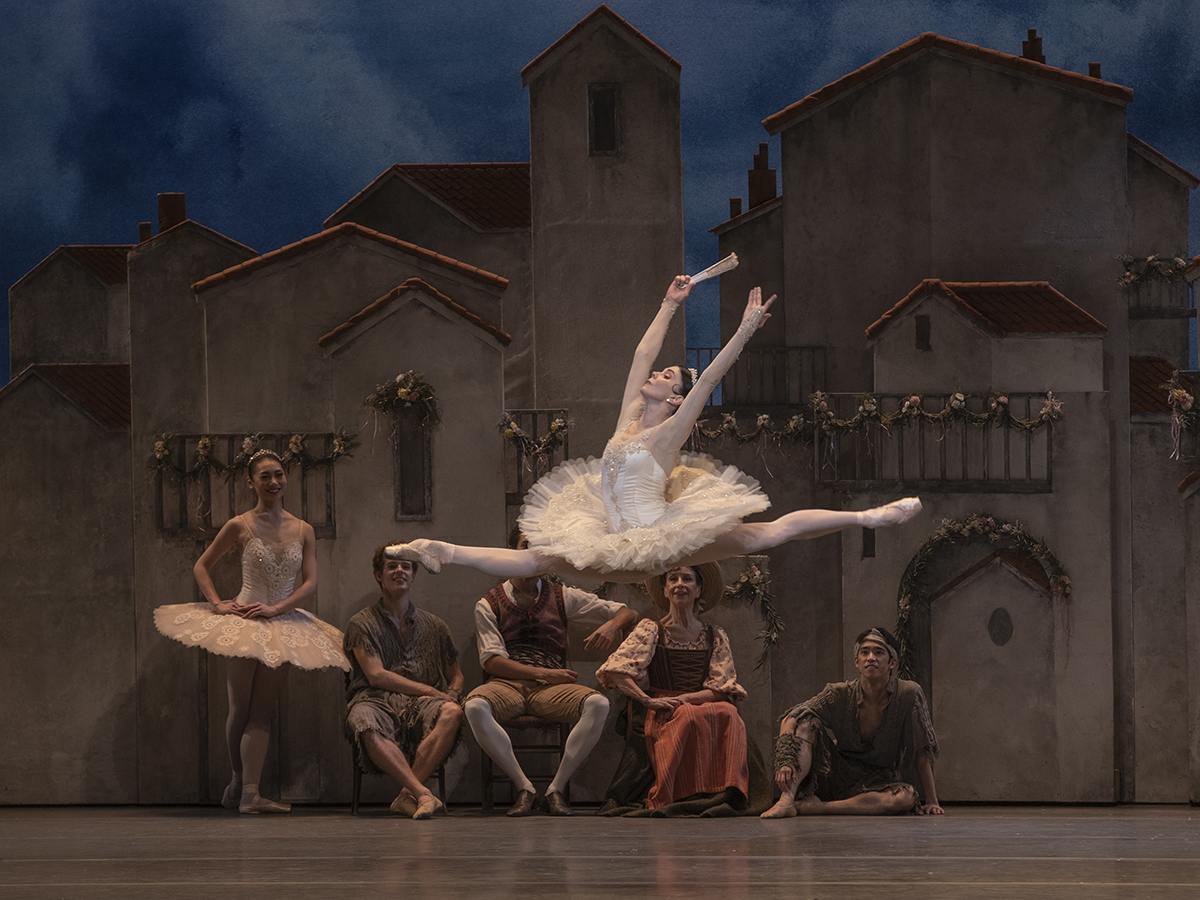
Natalia Osipova with artists of the Royal Ballet. Photo by Andrej Uspenski, image courtesy of the ROH
LUX: Five different ballets are represented in this performance, what are the benefits of these collaborations?
Follow LUX on Instagram: luxthemagazine
Nehemiah Kish: We are presenting nine highlights taken from eight ballets, all of which Nureyev performed. Each highlight represents moment from Nureyev’s life and work from his very beginnings in dance to his work as a choreographer and his famed partnership with Dame Margot Fonteyn. We are also presenting classics Nureyev introduced to the West. He was famously eager to absorb new ideas and work with choreographers. We are thrilled to present a very special excerpt from John Neumeier’s Don Juan that hasn’t been seen in London since Nureyev last performed it nearly 50 years ago.

Francesca Hayward and William Bracewell behind the scenes of training for Giselle
LUX: How important is it that ballet reaches out to those who cannot access it conventionally, and how is this performance aiming to do this?
Nehemiah Kish: We are thrilled to partner with Marquee TV as our exclusive streaming partner. Nureyev Legend and Legacy will be available to stream on demand from the 16th September. Marquee TV is the gold standard for arts streaming and is known as the “Netflix for the Arts”. The partnership with Marquee TV makes it possible for us to make the performance available for free to NHS and care homes in the UK. It’s exciting to share our performance widely outside of London from the Midlands to the American Midwest. Having come from a rural part of North America myself with limited access to the arts, I know how inspiring it can be to watch ballet from the comfort of your home.

Vadim Muntagirov. Photo by Andrej Uspenski, courtesy of the ROH
LUX: How has ballet evolved since Nureyev was performing?
Nehemiah Kish: Nureyev popularised ballet with new audiences and accelerated the evolution of ballet. His legendary stage presence, charisma and technical ability combined to set a new standard. His televised appearance introduced this exciting new standard to millions. His work as a producer of full-length ballets is also important with the fabulously lavish set and costume design and his technically demanding choreography. He also set a new standard as Artistic Director during his time directing the Paris Opera Ballet nurturing a generation of international stars including Sylvie Guillem and commissioning ground-breaking works by visionary choreographers including William Forsythe. These are only a few examples of Nureyev’s influence on the evolution of ballet.

Nehemiah Kish, Elena Glurjidze, Marcelino Sambé, Yuhui Choe, Marianna Tsembenhoi and Daichi Ikarashi behind the scenes training for Laurencia. Photo by Andre Uspenski
All the dancers performing in Nureyev Legend and Legacy share this magical combination of presence, charisma, and ability. Many of them were trained by Nureyev’s partners and protégés who occupy leaderships roles in the great theatres and professional academies around the world. Nureyev’s impact on the evolution of ballet will be on full display this September through the performances of the incredible star dancers.

Nehemiah Kish, Zenaida Yanowsky and artist of the Royal Ballet. Photo by Trisram Kenton, image courtesy of the ROH
LUX: How do you think Nureyev’s history influenced his dancing?
Yasmine Nagdhi: The very harsh conditions of his childhood combined with the support of his mother greatly influenced Nureyev, and this set him up to become the glorious dancer he ultimately became.
LUX:What about Nureyev inspires you the most?
Yasmine Nagdhi: His unshakable self-confidence, his great passion for the Art of Ballet, his charisma and colourful personality. I am truly honoured to be closing the Nureyev Gala performances dancing the Pas de Deux from Le Corsaire, with my dancing partner Cesar Corrales, a Pas de Deux made famous by Nureyev and Fonteyn.

Xander Parish. Image courtesy of Carmen Mateu
LUX: Having previously portrayed Nureyev in The White Crow, how excited are you about the opportunity to once again play him?
Oleg Ivenko: I’m so excited to be coming back to London, I have wonderful memories of last time I was there. It was a true privilege to play Rudolf Nureyev on the big screen on The White Crow, and so I was very happy to be asked to participate in the Nureyev Legend and Legacy Gala. I feel a similarity in spirit with Nureyev and am looking forward to paying tribute to his legacy on stage. Nureyev brought a special energy to his dancing and I hope to embody that in my performance.
Read more: 6 Questions: Darcey Bussell, Ballet Dancer
LUX: What have you learned from collaborating with representatives of different ballets?
William Bracewell: For me collaboration is key. Be it the partner you’re dancing with, the designer of the costume or the pianist playing for the rehearsal, those relationships are vital to creating successful performances. I learn something new every time I work with someone and love discovering how people think and understand dance.

Francesca Hayward. Photo by Andrej Uspenski, image courtesy of the ROH
LUX: Why do you think Nureyev has left such a strong legacy in the world of dance?
William Bracewell: Nureyev is indeed quite unique in the legacy he left. It’s hard to pinpoint why but perhaps it’s because he transcended the dance world into modern culture and bridged a gap that not many other people have.
LUX: What is the significance of collaborating with such prestigious dancers from around the globe, some of whom you have never worked with?
William Bracewell: I love the experience of meeting and seeing other dancers from around the world. I’m a very visual learner so seeing someone rehearse or perform is an invaluable tool in my development as an artist. It’s quite the line up of dancers in the gala so I’m excited to learn from them and share the stage.
Tickets to the gala are available to purchase here: lwtheatres.co.uk/nureyev-legend-and-legacy/
